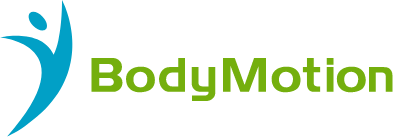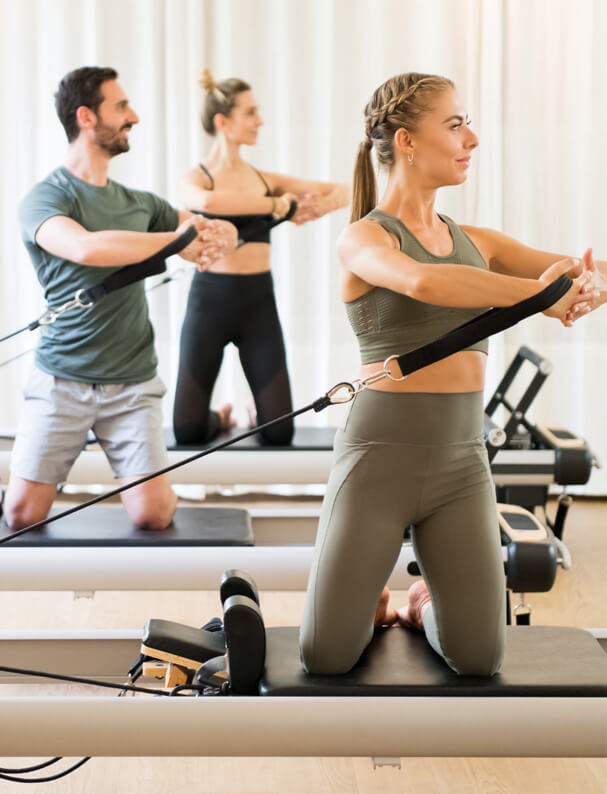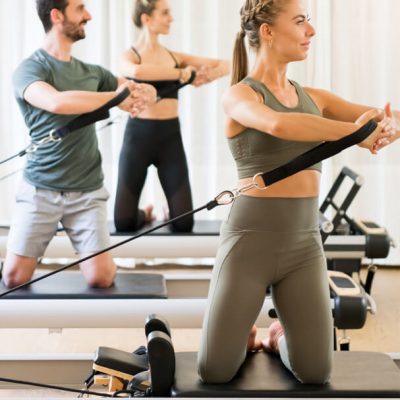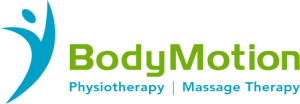Many of us have childhood memories of our parents demanding us to “Stand up straight!”. Little did we know that, as we grew into adulthood, how vitally important those words of wisdom would become.
These days, posture is more important than ever before, especially as we lead more sedentary lives than our ancestors. Those all-familiar aches and pains, the result of years of bad posture, can dominate your lifestyle if treatment isn’t actioned earlier on in life. There is, however, some simple ways to correct this ‘bad habit’ and shift them towards healthier ones.
What is good posture?
Before outlining how to correct poor posture, it is important to understand what ‘good’ posture actually means.
Posture is how our bodies are positioned when we are doing everyday things – like sitting, standing and lying down. It is essentially how we hold ourselves, ensuring that our weight is evenly distributed and balanced. When we do this correctly, our skeleton, muscles, and ligaments aren’t in positions where they are overstretched or strained.
Good posture involves our spine having three curves, with our muscles located on each side of our spine kept strong and well balanced. A correct technique prevents pain, increases mobility levels, makes us more agile, and can even help with feelings of fatigue.
Having good posture does not necessarily involve standing completely stiff, which is perhaps what we thought our mothers were alluding to. It means having your body relaxed and at ease, keeping a straight back with your head and chin up, and looking straight ahead. It’s then ideal to hold your core stomach muscles in with your knees straight and evenly on both feet.
What are the effects of poor posture?
Poor posture can be attributed not only to our more sedentary lifestyles, with increased sitting forming part of a significant portion of our working day, but it can also result from natural ageing or more significant health problems.
Unfortunately, it can have adverse effects on your health, with many people suffering from poor posture experiencing various ailments. These can include severe pain, including back and neck soreness, loss of balance, lack of mobility and issues with basic mechanical functions – such as walking.
How to fix poor posture
If you’re prone to standing or sitting in less-than-ideal ways, all is not lost; there are a variety of ways you can take proactive action to correct your poor posture.
So, in saying that, here are our top seven tips, which you can apply to your day-to-day life.
- Exercise Regularly – Participating in daily activities, which can be a simple as walking the dog, can strengthen muscles.
- Stretch Daily – Spending 10-15 each day completing some light stretches or undertaking a stretching exercise such as a yoga class can assist in muscle building and improving core strength.
- Stand Tall – So, maybe mum was right! Make a conscious effort to stand straight and tall, with your shoulders back, chin up and head facing forward.
- Practice simple head movements – Tilting your head from side to side slowly and regularly can help relax neck muscles.
- Don’t carry your life in your handbag – Many of us are guilty of this! Only carry what is essential in your bag. Remove any unnecessary items to reduce weight.
- Use correct lifting techniques – Lift using your hips, knees, and thighs, not your back. Also, ensure that you pay attention to correct lifting weights and co-lift larger objects.
- Choose appropriate footwear – Wearing killer heels to the office is not recommended. Replace with flat, well-fitting footwear.
Following the seven steps outlined above will assist in correcting these bad habits and relieve any aches and pains that your issue could be causing. Making these simple life changes can ensure that your mobility and overall quality of life is improved. After all, who wants to live feeling tired and in pain?
If you need additional support and treatment advice, we recommend booking an appointment with our physios at BodyMotion.



